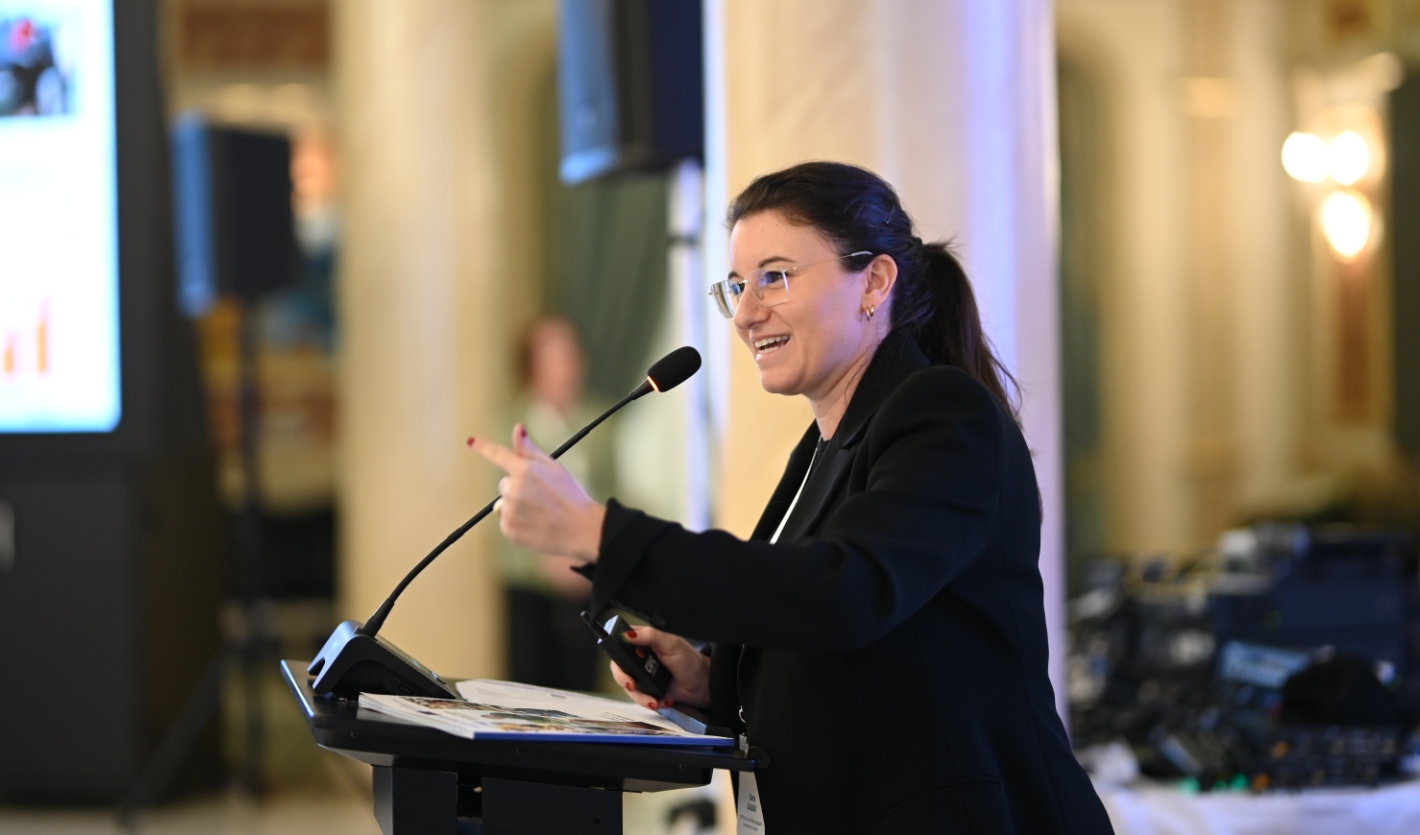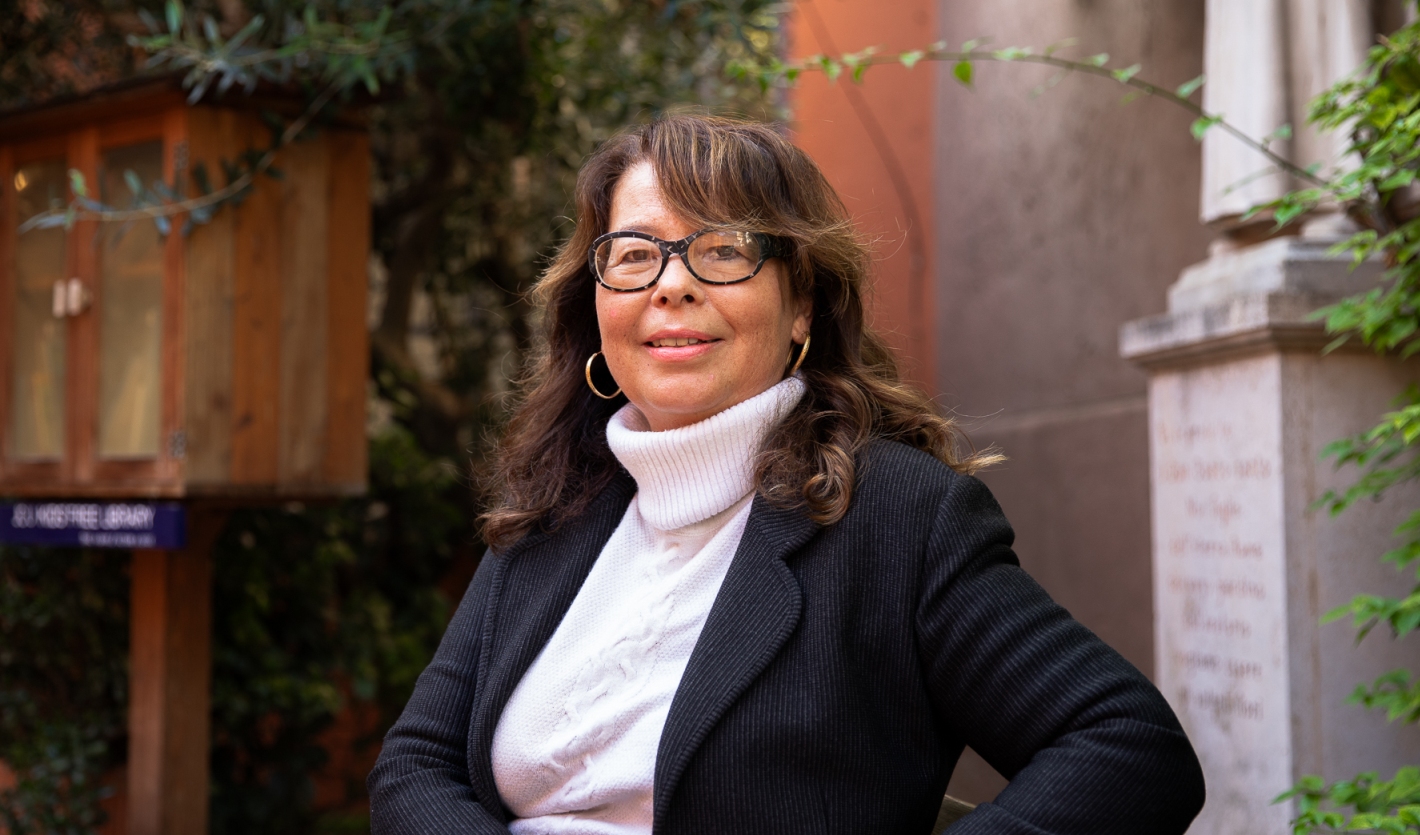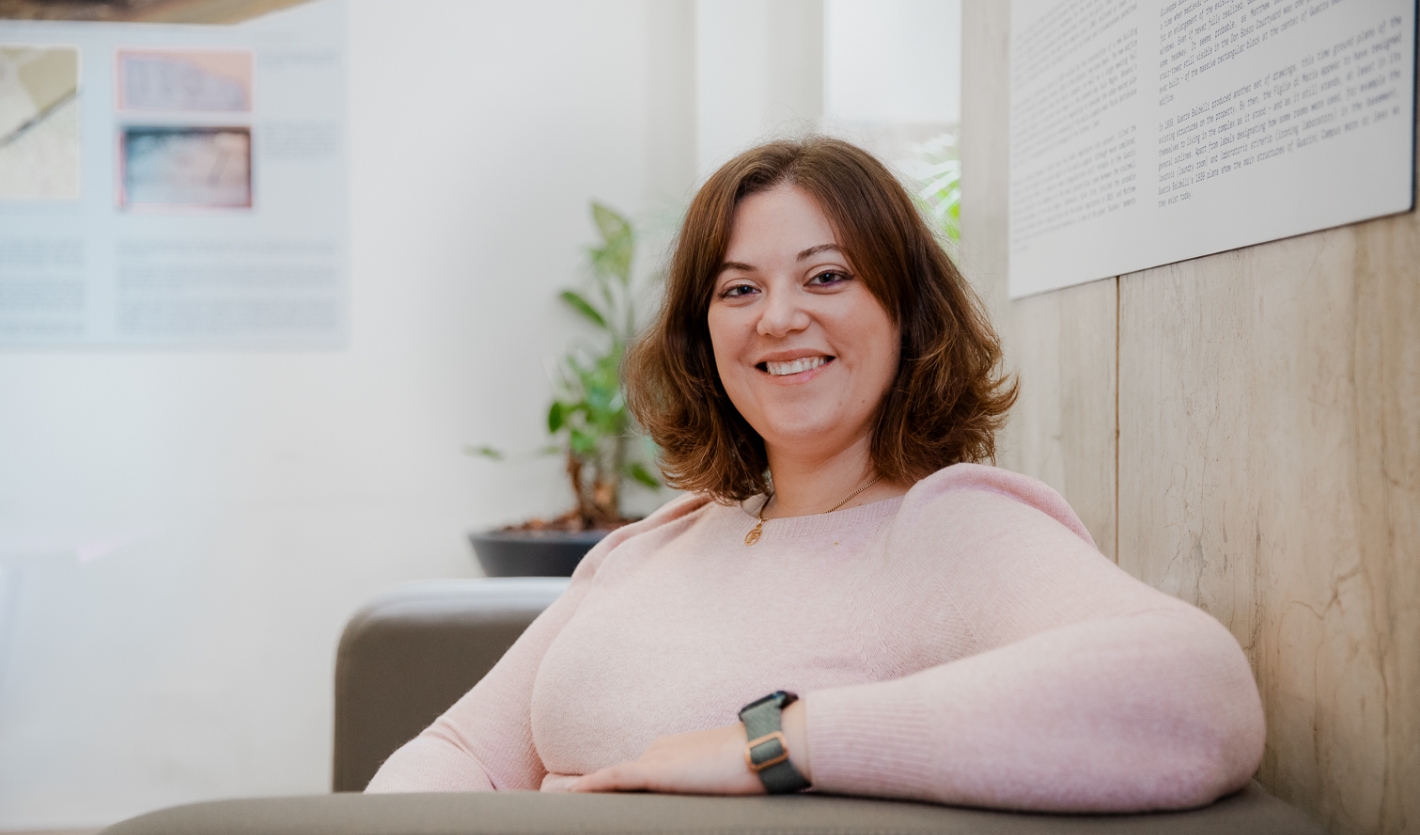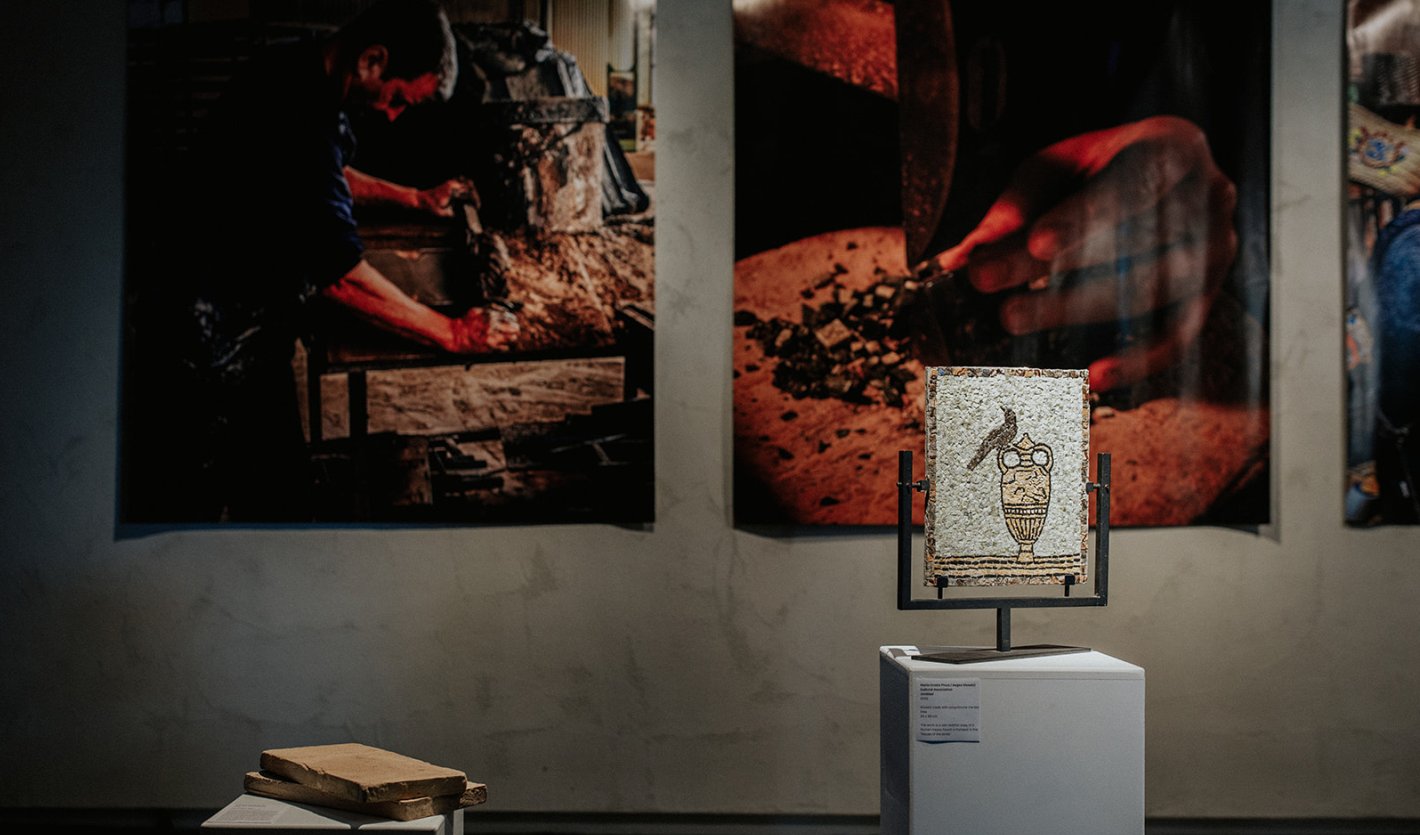Alumna Sara Gabai recently published research exploring the role of sustainability communication in driving behavior change, strengthening public engagement, and supporting policy advocacy. She earned her BA in Communications with a Minor in English Literature from John Cabot University in 2010 and now serves as a Communications and Stakeholder Engagement Expert with the EU SWITCH-Asia Programme.
What led you to do this research, and what was the process behind it?
My research grew out of my professional and personal journey. I repeatedly observed a gap between how sustainability is communicated and how it is understood and acted upon in different cultural contexts. Working across Asia, I noticed that many communication strategies employed in development programs still relied on either one-way, technical, or Western-centric approaches that often failed to resonate with local realities. This motivated me to ask myself: How can sustainability communication be reframed as a more relational, culturally embedded practice that genuinely engages people and fosters ownership?
The process began with identifying this theoretical and practical gap. While reviewing the literature, I drew on over a decade of experience as a communications expert in development contexts. I’d witnessed firsthand how concepts such as power, culture, and narrative framing were overlooked in sustainability communication, particularly in initiatives led by development programs. This guided me to design a study that could bridge these gaps by drawing on theories of critical discourse analysis, multimodal communication, and hope-based framing.
The three cases I examined offered a diverse set of contexts and approaches that enabled me to examine how sustainability messages are constructed, adapted, and received. I collected communication materials and analyzed them to uncover underlying narratives, assumptions, and emotional strategies. The outcome was not only an analysis of what worked and what did not, but also a broader call to re-imagine sustainability communication as a participatory, intercultural, and transformative practice.
You chose three case studies for your paper: India, Myanmar, and Mongolia. What prompted you to consider these specific countries in Asia?
I chose India, Myanmar, and Mongolia because they represent the diversity of how sustainability communication plays out across Asia. Each country brought something unique to the study. India offered the perspective of a large, complex democracy with strong civil society engagement and a long tradition of public communication campaigns. Communication in Myanmar had to navigate instability and censorship, making it a fascinating case for understanding how sustainability messages are framed under constrained conditions. Mongolia’s case stood out because it’s shaped by its vast geography, resource-based economy, and cultural traditions. This highlighted how sustainability messages can be adapted to resonate with both rural and urban populations.
Taken together, these cases revealed not only the importance of cultural specificity and context but also the risks of relying on generic, Western-centric sustainability tropes. Too often, communication strategies default to “stock sustainability” imagery: two hands cupped around plants and trees, glowing green lightbulbs, polar bears on melting ice, or eco-shopping icons, and so on. In contrast, the campaigns in India, Myanmar, and Mongolia consciously avoided such clichés. They embraced cultural specificity, linguistic diversity, and storytelling rooted in local knowledge.
This shift toward more grounded, decolonized communication practices not only increased the effectiveness of the campaigns but also contributed to a more inclusive and pluralistic vision of sustainability.
Did you get unexpected results during your research into these case studies?
Not really. In fact, one of the reasons I wanted to publish this research in a peer-reviewed academic journal was precisely to reinforce what communication scholars, media literacy practitioners, and critical media studies have long argued: participatory, bottom-up approaches that connect with people’s lived realities tend to produce the most effective messages and are often the real drivers of behavior change.
I have consistently observed the power of participatory and context-sensitive strategies. What is important, however, is to make these insights more visible to practitioners, policymakers, and businesses. Only by recognizing the value of grounded, participatory communication can resources be invested in strategies that genuinely influence behavior and help address pressing development challenges.
The last time we interviewed you was in 2021, when you were a Communication expert at EU SWITCH-Asia Programme. What have you been up to since then?
I have had the opportunity to continue working with the EU SWITCH-Asia Programme as a Communications and Stakeholder Engagement Expert.
What makes SWITCH-Asia particularly meaningful is that it highlights how environmental issues are not confined within national borders. The value chains that connect Asia and Europe are deeply intertwined. The programme brings these interconnections to the forefront, creating opportunities for dialogue, knowledge exchange, and systemic change across regions. For me, being part of this effort is not only about communicating policies and practices, but also ensuring that the stories of transformation, the cultural specificities, and the human dimensions of sustainability are heard and acted upon.
What are you currently working on?
Currently, I am involved in a wide range of regional and multi-country initiatives, including mobilizing business action for the circular economy in Southeast Asia, advancing sustainable and green public procurement, strengthening climate policy ambition in the Pacific and Central Asia, supporting sustainable tourism, and more.
What does the field of Communications mean to you?
Communications is the thread that runs through my life. It is more than just a job. It is a purpose-driven mission. Choosing this path has allowed me to work at the crossroads of sustainability, human rights, and gender empowerment, engaging in projects that are intersectional, multi-sectoral, and interdisciplinary. This means I am constantly learning from diverse thematic areas while also ensuring that the work we do becomes visible and meaningful for both Asian and European audiences.
At times, the work is highly technical, and the challenge lies in translating complex ideas into messages that people can connect with. But that is also what makes it so rewarding: being at the center of some of the most pressing global issues and finding ways to tell stories that inspire action.












